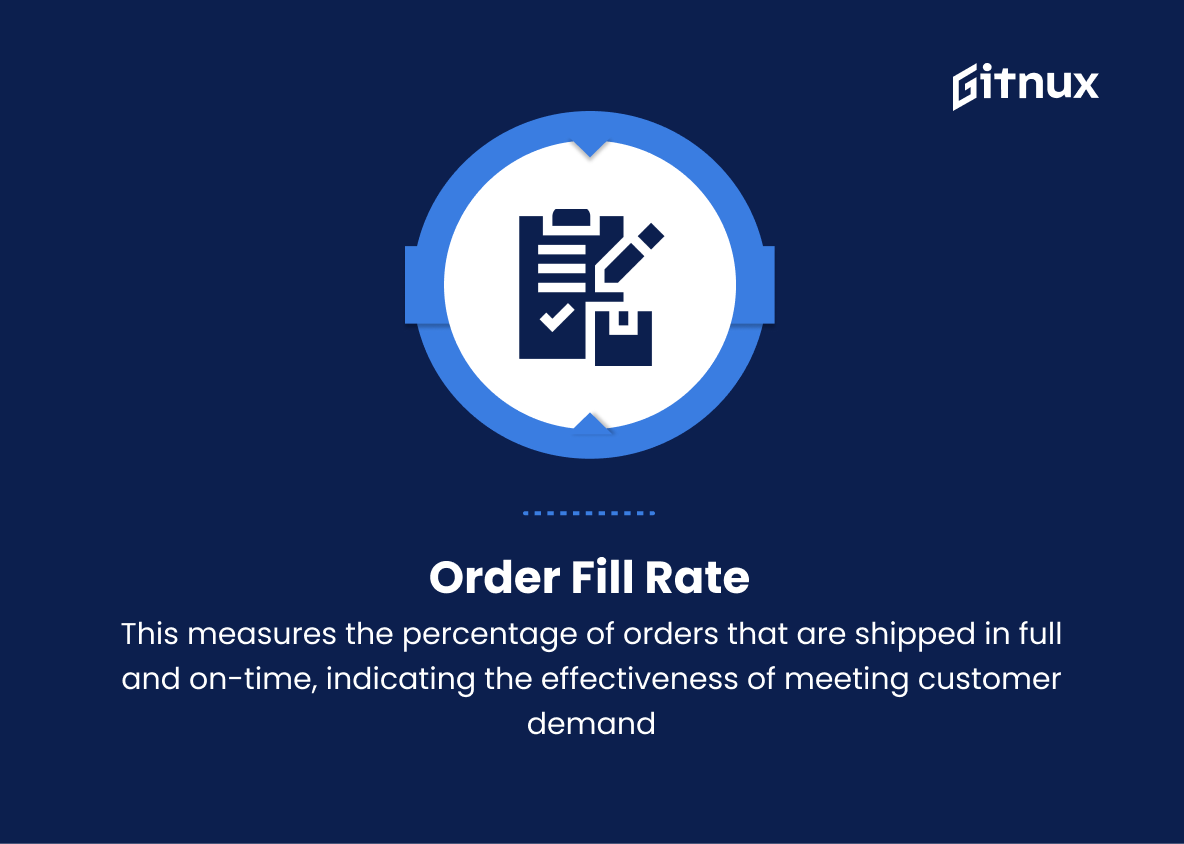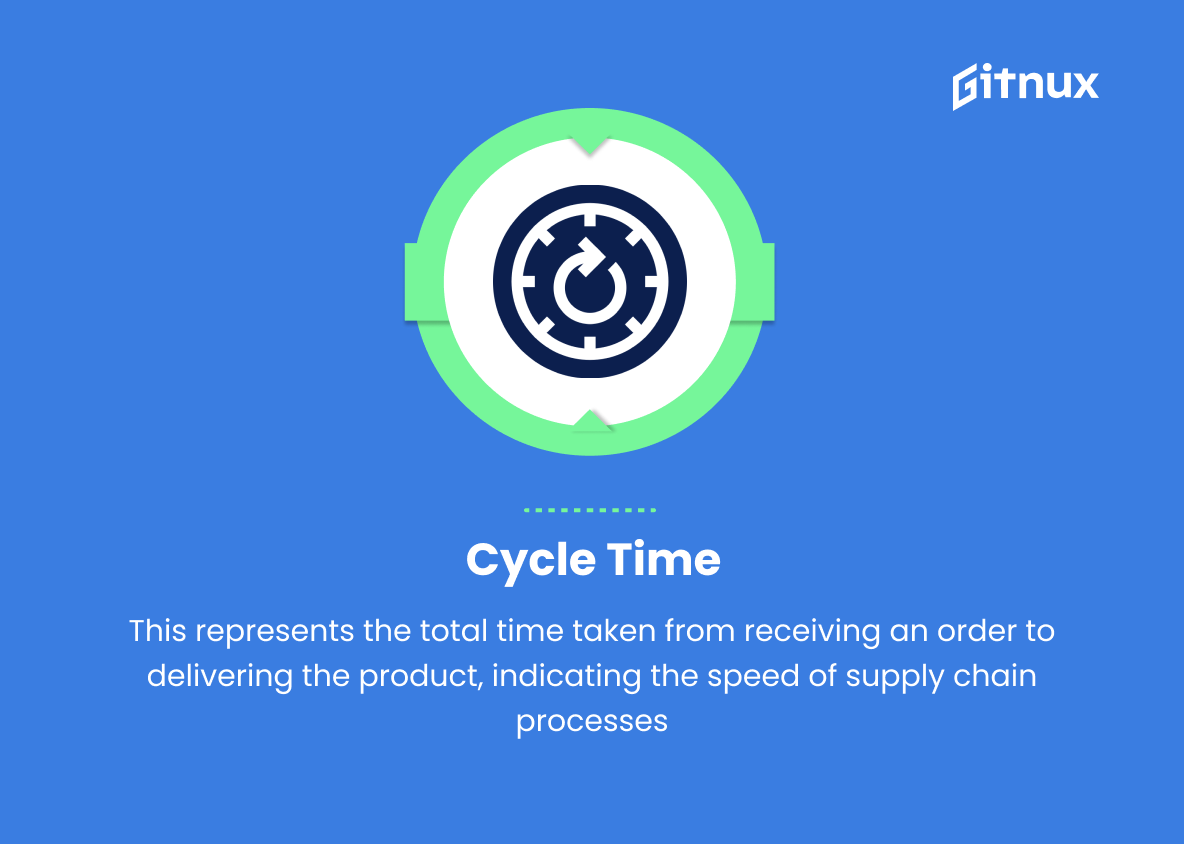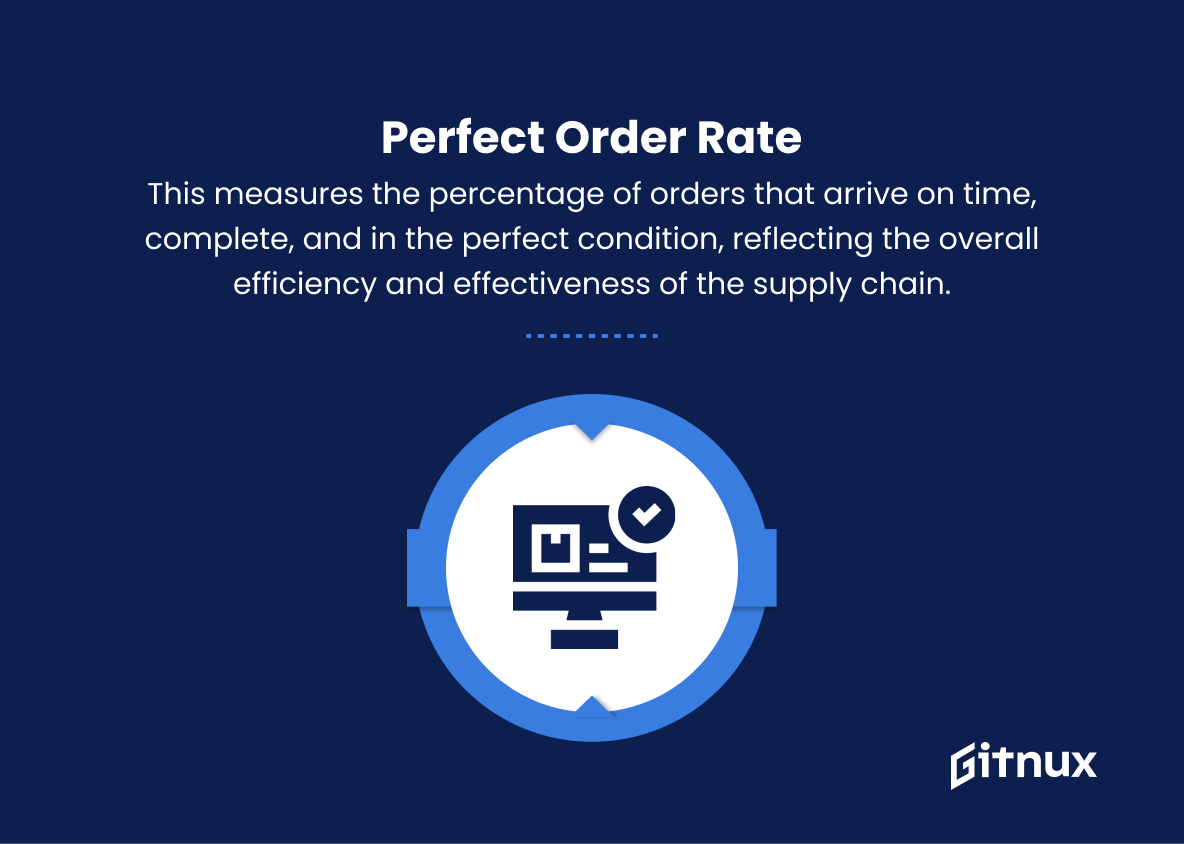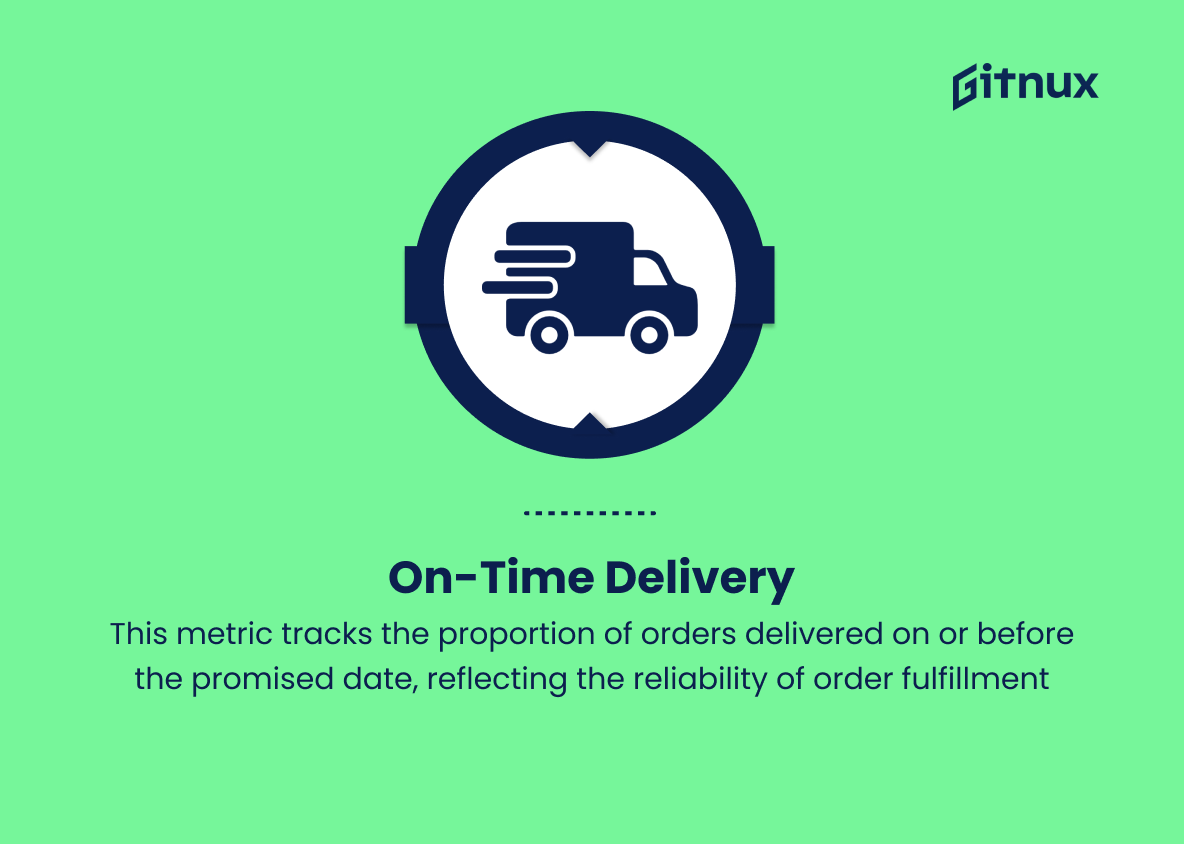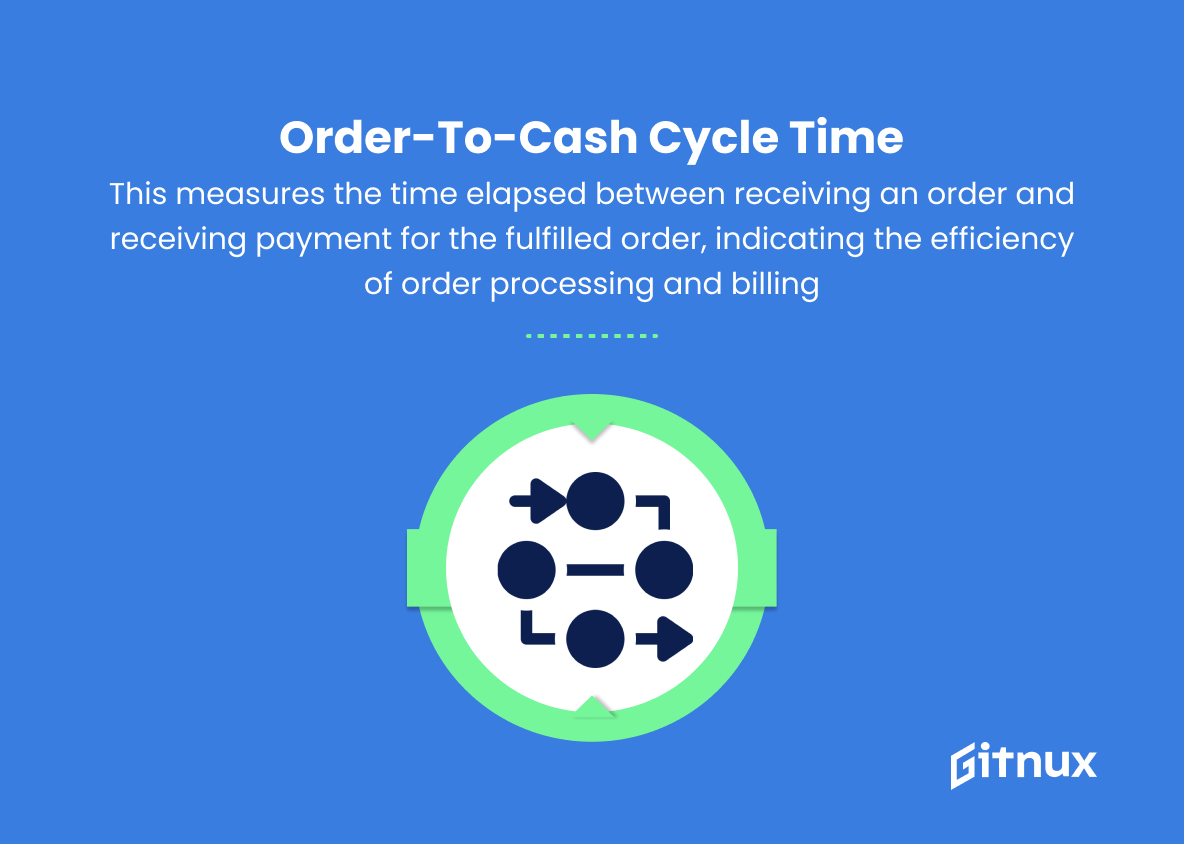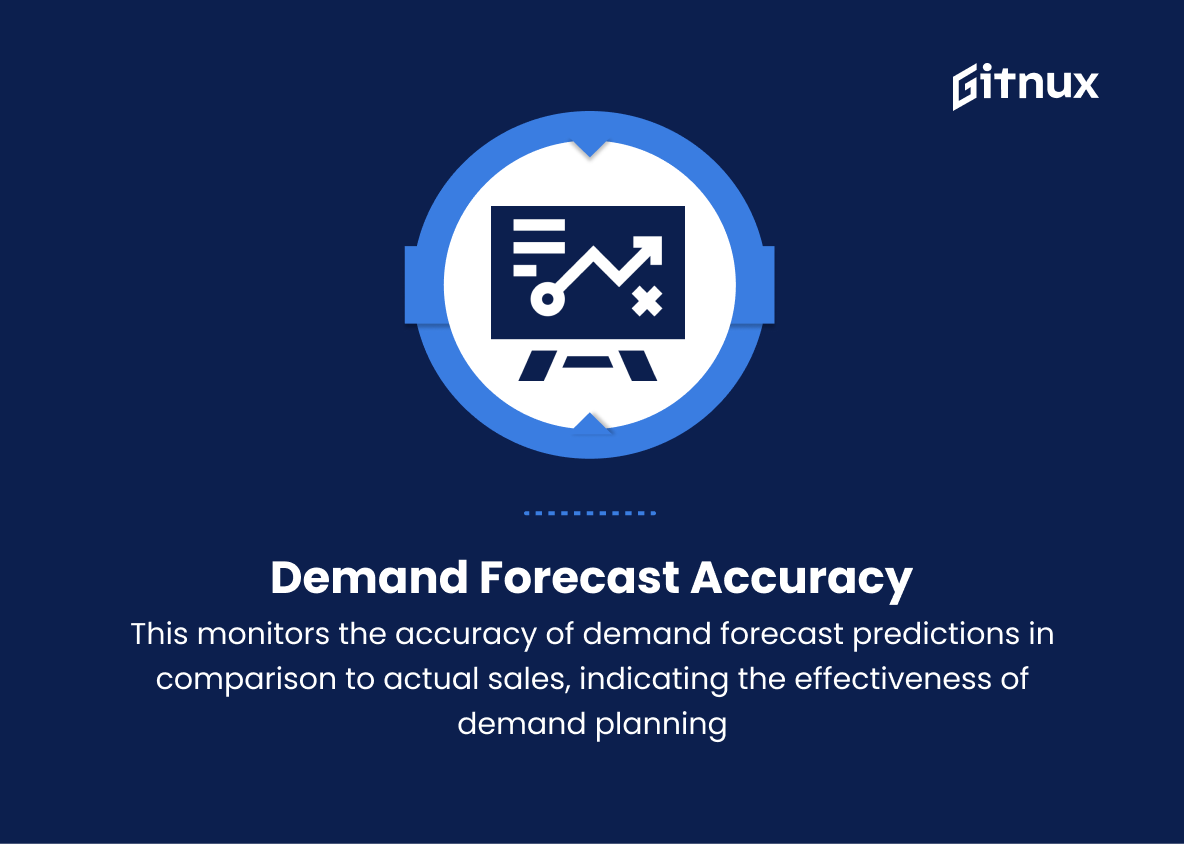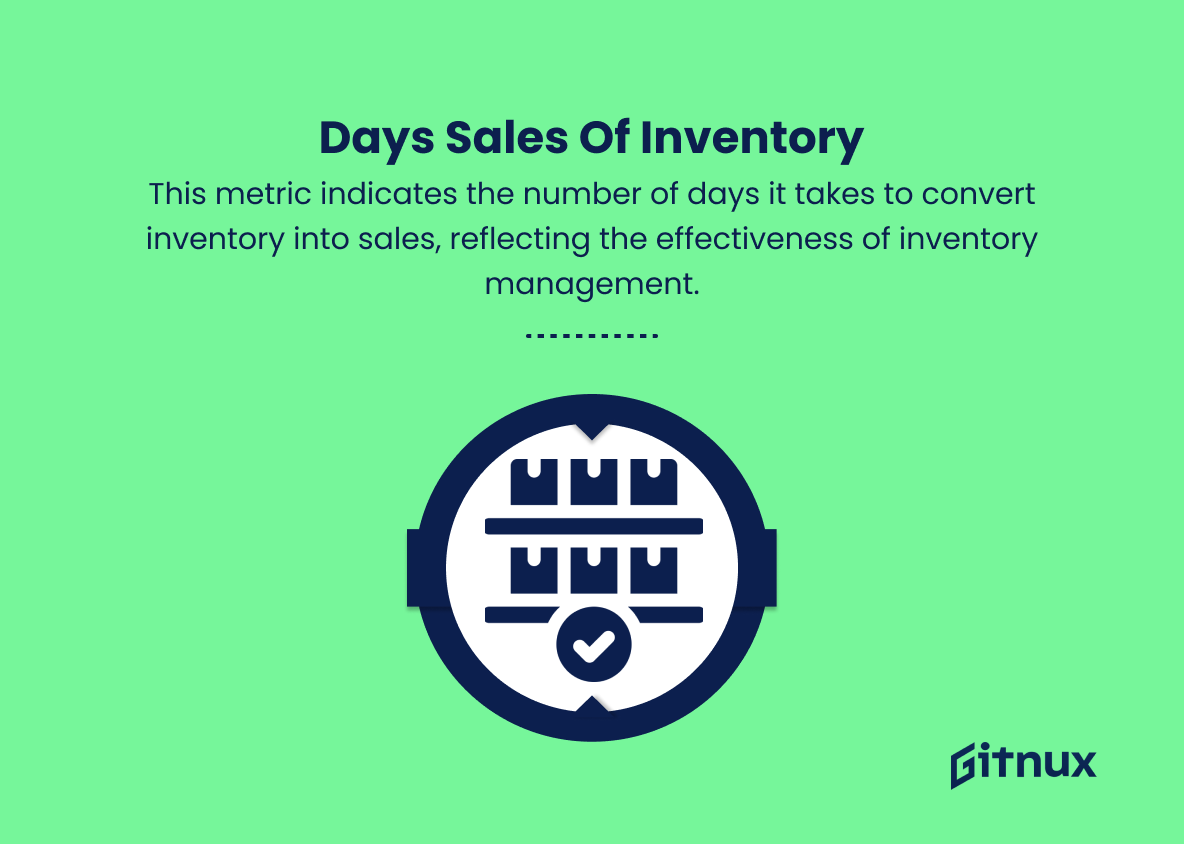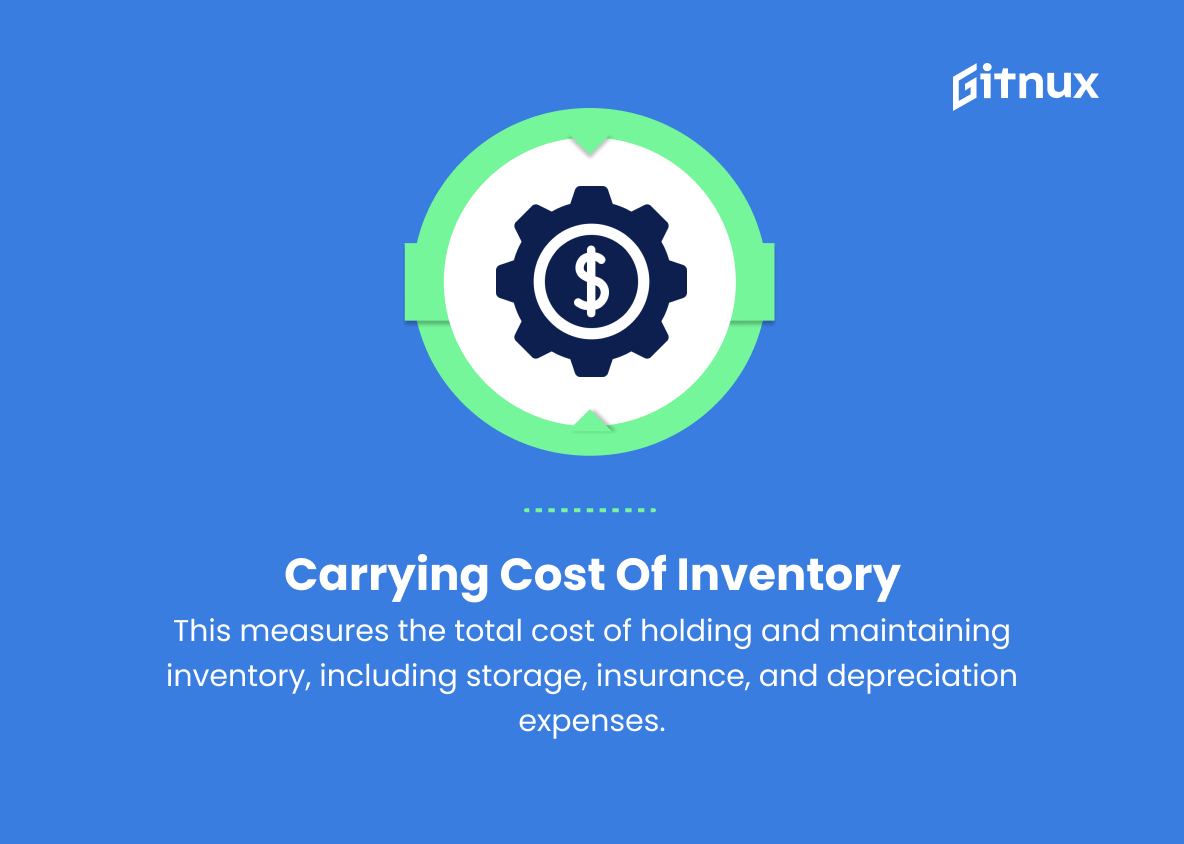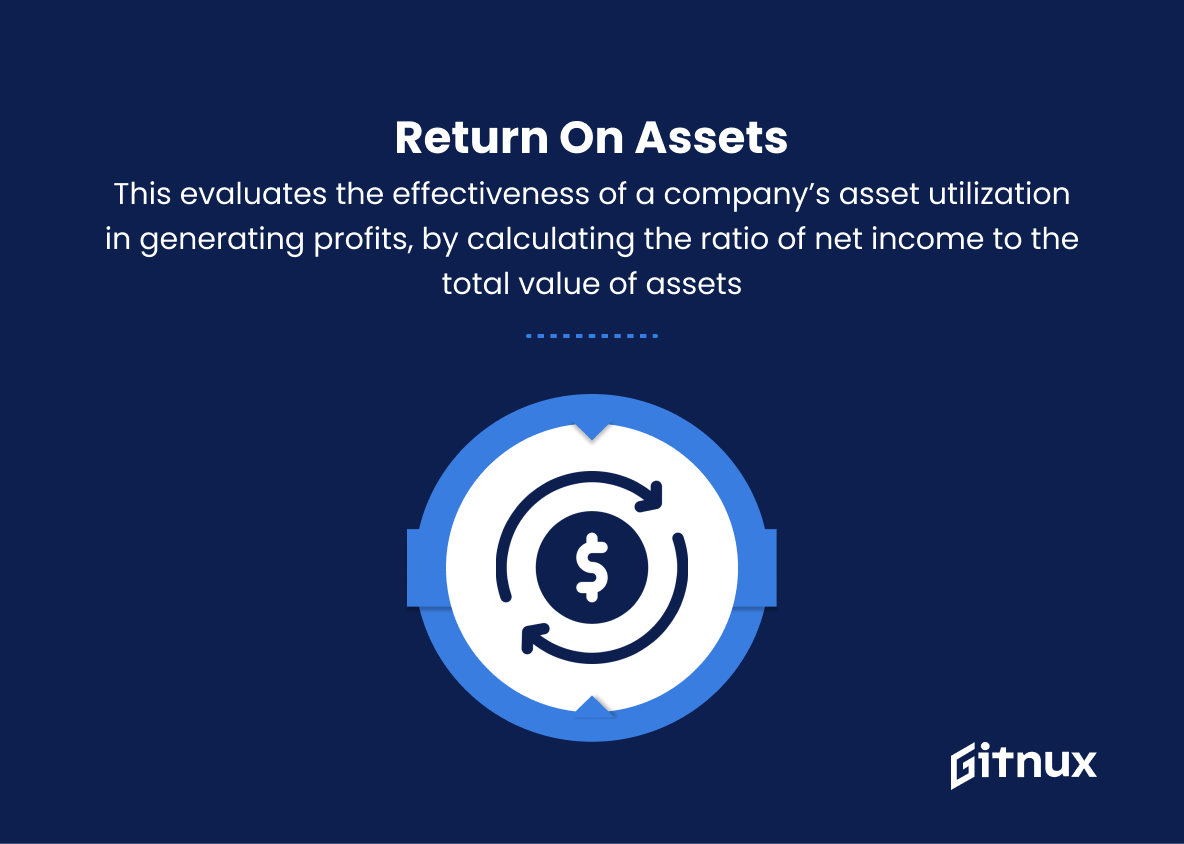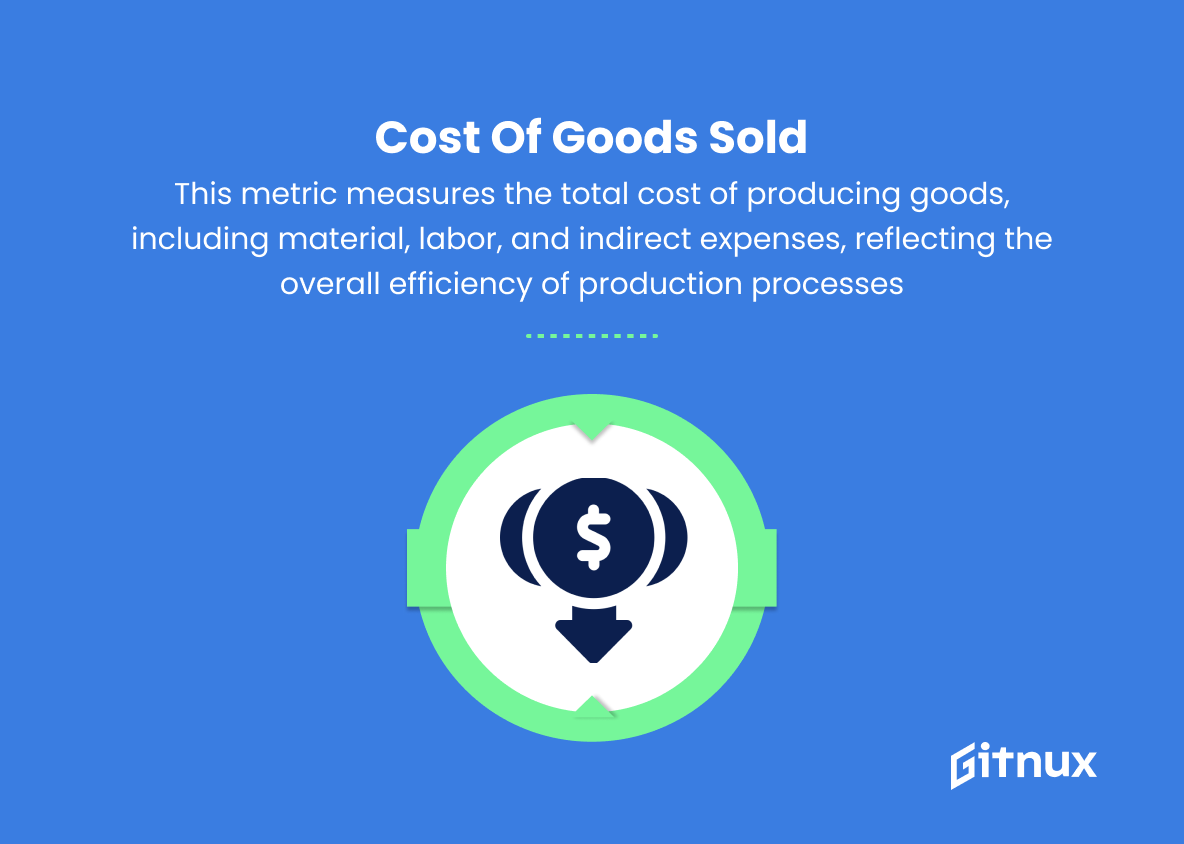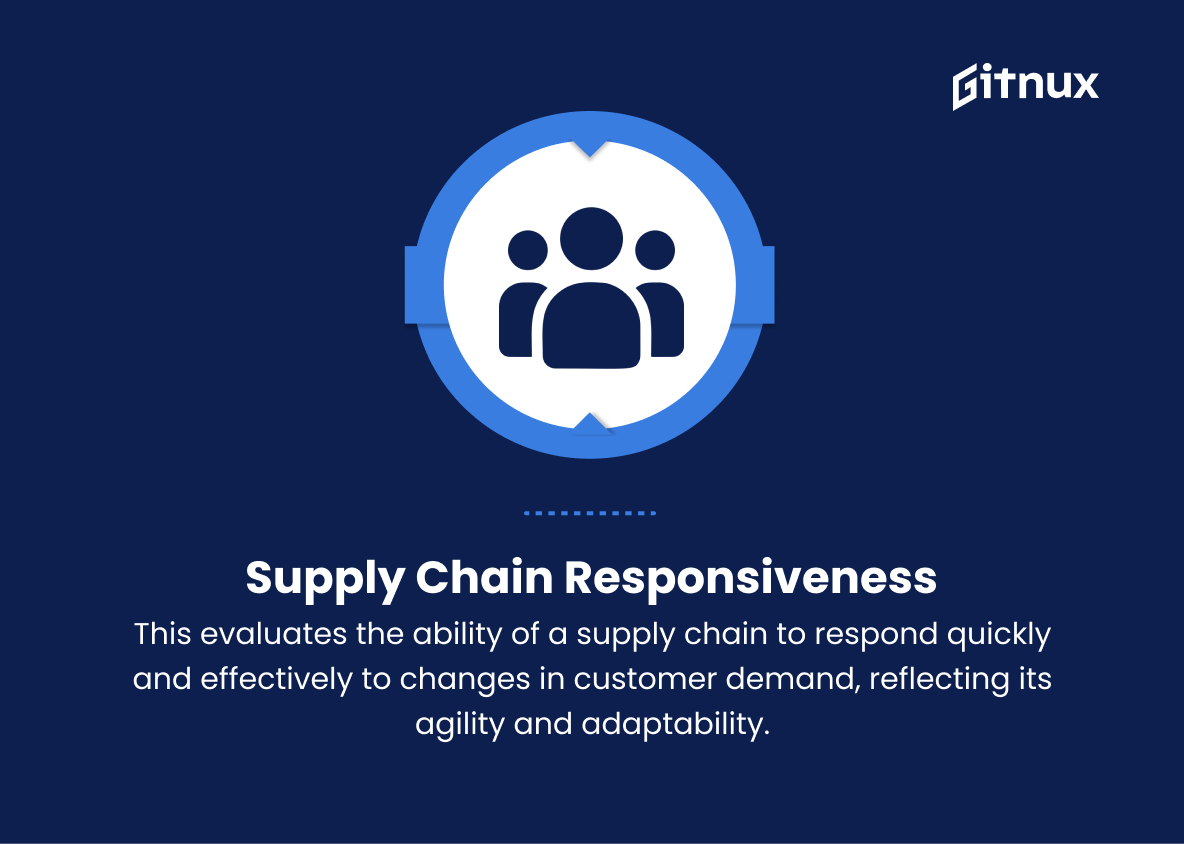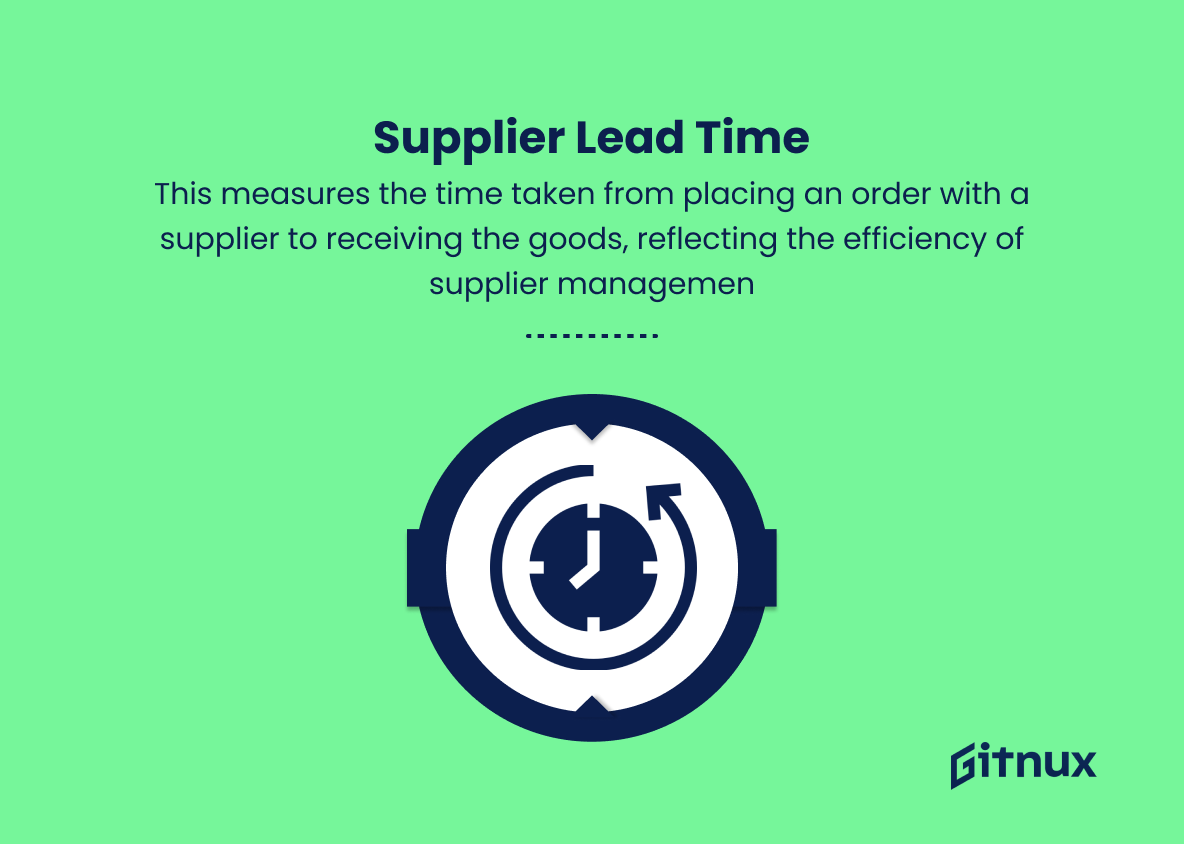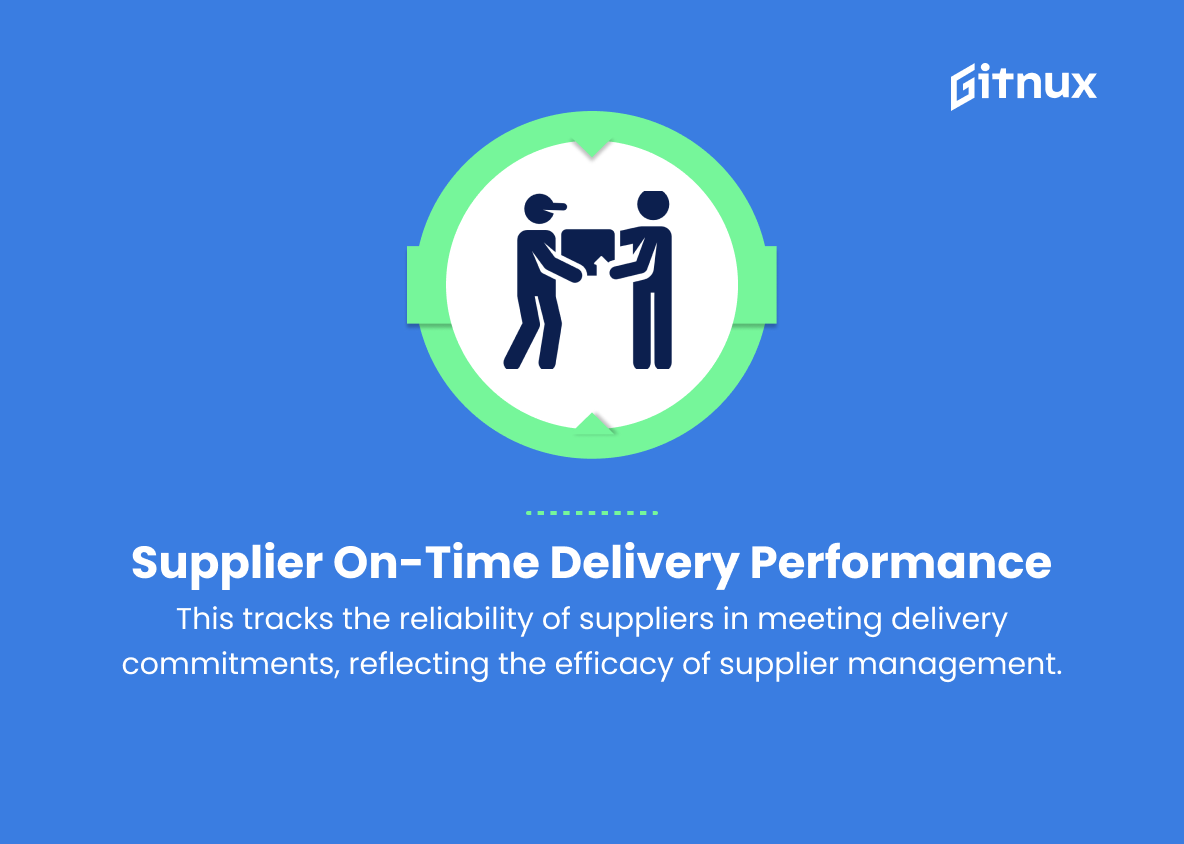In today’s highly competitive and constantly evolving business landscape, effective supply chain management has become more crucial than ever before. A well-managed supply chain not only ensures seamless operations, but also contributes significantly to a company’s overall strategic success. A key factor in successfully managing and optimizing supply chains is the ability to monitor, analyze, and act on relevant performance metrics.
In this insightful blog post, we dive deep into the world of Supply Chain Management Metrics, exploring their significance, the most important ones to keep an eye on, and how they can drive your organization towards achieving operational excellence and growth. So, if you’re keen on streamlining your supply chain and propelling your business to greater heights, this comprehensive guide to supply chain management metrics is undoubtedly a must-read.
Supply Chain Management Metrics You Should Know
1. Order Fill Rate
This measures the percentage of orders that are shipped in full and on-time, indicating the effectiveness of meeting customer demand.
2. Inventory Turnover
This metric shows how many times a company’s entire inventory is sold and replaced within a specific timeframe, reflecting the efficiency of inventory management.
3. Cycle Time
This represents the total time taken from receiving an order to delivering the product, indicating the speed of supply chain processes.
4. Perfect Order Rate
This measures the percentage of orders that arrive on time, complete, and in the perfect condition, reflecting the overall efficiency and effectiveness of the supply chain.
5. On-Time Delivery
This metric tracks the proportion of orders delivered on or before the promised date, reflecting the reliability of order fulfillment.
6. Order-to-Cash Cycle Time
This measures the time elapsed between receiving an order and receiving payment for the fulfilled order, indicating the efficiency of order processing and billing.
7. Demand Forecast Accuracy
This monitors the accuracy of demand forecast predictions in comparison to actual sales, indicating the effectiveness of demand planning.
8. Days Sales of Inventory (DSI)
This metric indicates the number of days it takes to convert inventory into sales, reflecting the effectiveness of inventory management.
9. Carrying Cost of Inventory
This measures the total cost of holding and maintaining inventory, including storage, insurance, and depreciation expenses.
10. Return on Assets (ROA)
This evaluates the effectiveness of a company’s asset utilization in generating profits, by calculating the ratio of net income to the total value of assets.
11. Cash-to-Cash Cycle Time
This tracks the amount of time it takes for a company to turn an investment in raw materials into cash received from the customers, reflecting the efficiency of cash flow management.
12. Cost of Goods Sold (COGS)
This metric measures the total cost of producing goods, including material, labor, and indirect expenses, reflecting the overall efficiency of production processes.
13. Supply Chain Responsiveness
This evaluates the ability of a supply chain to respond quickly and effectively to changes in customer demand, reflecting its agility and adaptability.
14. Supplier Lead Time
This measures the time taken from placing an order with a supplier to receiving the goods, reflecting the efficiency of supplier management.
15. Supplier On-Time Delivery Performance
This tracks the reliability of suppliers in meeting delivery commitments, reflecting the efficacy of supplier management.
16. Supplier Quality Rate
This monitors the percentage of goods received from suppliers that meet quality standards, indicating the effectiveness of supplier quality management.
17. Total Cost of Ownership (TCO)
This evaluates the entire cost of acquiring, operating, and maintaining a product or service, including purchase price, transportation costs, and maintenance expenses, to support strategic sourcing decisions.
18. Gross Margin Return on Inventory Investment (GMROII)
This metric calculates the ratio of gross margin to the average inventory value, indicating the profitability generated from inventory investments.
Supply Chain Management Metrics Explained
Supply Chain Management Metrics play a crucial role in evaluating the efficiency and effectiveness of various aspects of a supply chain. Metrics such as Order Fill Rate, Inventory Turnover, and Cycle Time help to assess the company’s ability to meet customer demand and manage inventory effectively. Perfect Order Rate, On-Time Delivery, and Supplier On-Time Delivery Performance all contribute to understanding the reliability and effectiveness of the overall supply chain process.
Metrics like Order-to-Cash Cycle Time, Demand Forecast Accuracy, Days Sales of Inventory (DSI), and Cash-to-Cash Cycle Time highlight the efficiency of financial and demand planning. Carrying Cost of Inventory, Cost of Goods Sold (COGS), and Total Cost of Ownership (TCO) provide insights into costs associated with producing and maintaining products. Return on Assets (ROA) evaluates the profitability generated from asset utilization. Supply Chain Responsiveness, Supplier Lead Time, and Supplier Quality Rate reflect the agility and adaptability of the supply chain and the effectiveness of supplier management.
Lastly, Gross Margin Return on Inventory Investment (GMROII) provides an understanding of the profitability generated from inventory investments. Together, these metrics provide a comprehensive analysis of a company’s supply chain performance, facilitating optimization and continuous improvement efforts.
Conclusion
In conclusion, supply chain management metrics are crucial for enhancing efficiency, reducing costs, and fostering continuous improvement within an organization’s supply chain processes. It is important to identify and monitor the key metrics that align with your company’s strategic objectives, such as cost control, customer satisfaction, and sustainability.
Through regular measurement, analysis, and adjustments, a well-implemented suite of supply chain management metrics can guide organizations on their path towards optimized operations and long-term success. As the global market continues to evolve, businesses must recognize the significance of these metrics and be proactive in their ongoing efforts to drive performance and maintain a competitive edge.
